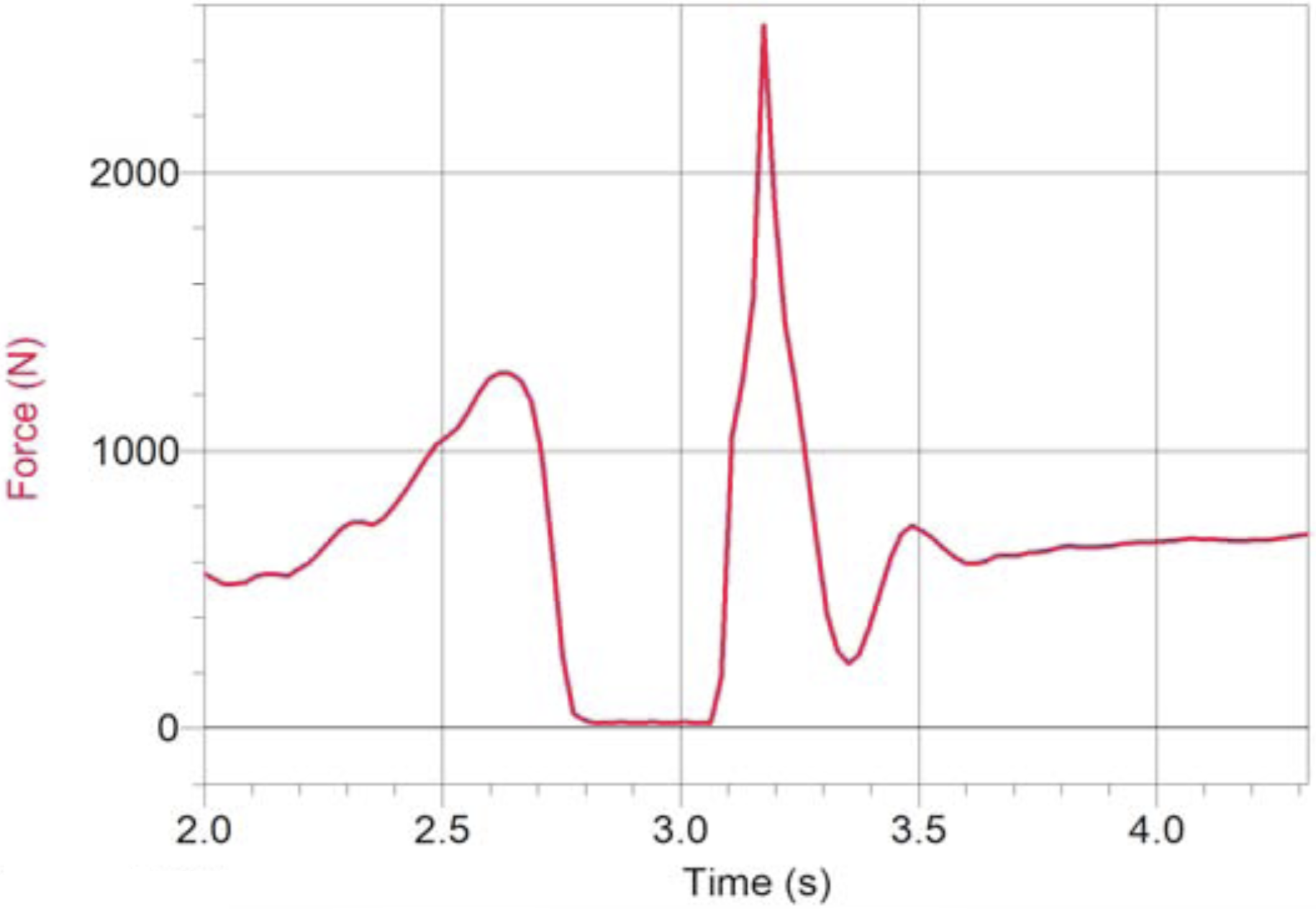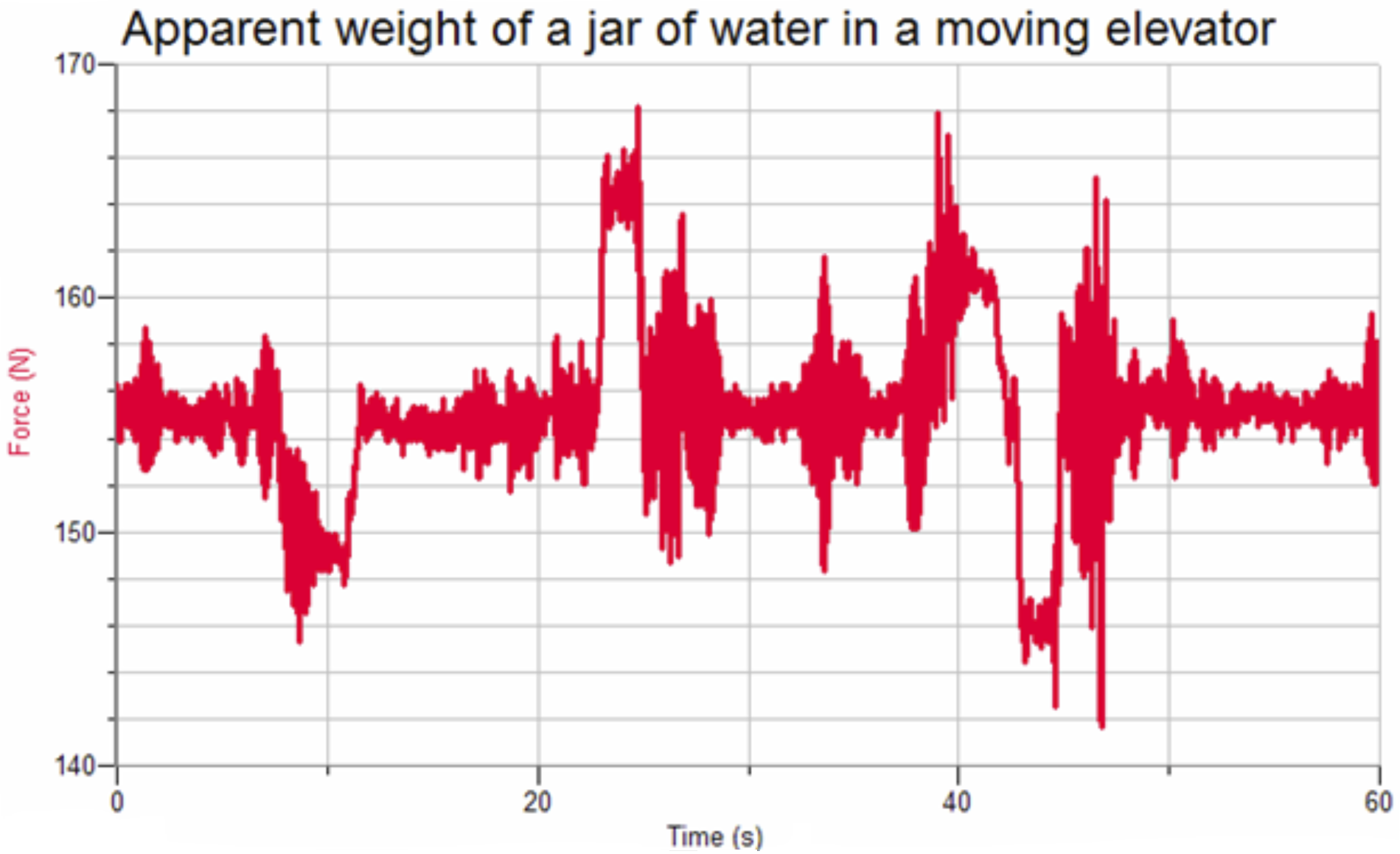An Ultimate Elevator Ride: Weight and Apparent Weight Demonstration
November 01, 2008 Filed in:
Demo CornerMarina Milner-Bolotin, Department of Physics, Ryerson University
mmilner@ryerson.ca
We all know that some concepts are harder for students to comprehend than others. The concepts of weight, apparent weight and weightlessness are often stumbling blocks for many of our students. Apparently they are also somewhat confusing for the seasoned scientists and engineers. While visiting the Lyndon B. Johnson NASA Space Centre in Houston, TX, I had a unique opportunity to have lunch at the “Zero-G Diner”
1. Apparently, the Space Centre Houston is located at a special place where Newton’s Law of Universal Gravitation does not hold and should be modified.
When discussing the concepts of weight and apparent weight I like to bring a bathroom scale to class. Then I ask a volunteer to draw a Free Body Diagram for a person standing on a scale. I make sure the students label all the forces using two indices: the force of the scale on the person (aka apparent weight or normal force); the force of Earth on a person (aka weight).
Then we discuss what happens when the person has acceleration directed downwards or upwards. Notice that downward acceleration can happen either when the person is moving down while speeding up or when the person is moving upward while slowing down. This can be illustrated when a student starts squatting while standing on a scale. The scale will show a student’s real weight only when the student is standing still or when she is moving with constant velocity (which is hard to achieve while on a scale). However, as soon as the student starts squatting or even jumping, the values of the normal force (apparent weight) and the weight will differ.
This demonstration can be performed even more effectively if instead of a regular bathroom scale you can use an electronic scale connected to a computer, such as a Vernier Force Plate
2. Ask a student to stand on such a scale and then jump up. The scale readings during the jump (Figure 1) will differ dramatically from the student’s weight.

 Figure 1: Recording of the normal force (apparent weight) for a student jumping off a scale.
Figure 1: Recording of the normal force (apparent weight) for a student jumping off a scale.
For even a more dramatic demo, invite your students to ride an elevator with you… while standing on the Force Plate and recording the data (Figure 2)! This ultimate elevator ride will provide your students with an opportunity to discuss and experience the concepts of weight, apparent weight and ultimately of weightlessness (hopefully you will discuss “weightlessness” only theoretically as nobody wants to experience weightlessness while riding in an elevator). I did it with my students and based on their feedback this was one of the most memorable experiences in the physics class.
 Figure 2: Recording of the apparent weight of a jar of water in a moving elevator.
Figure 2: Recording of the apparent weight of a jar of water in a moving elevator.
References
1 Space Centre Houston, Houston, TX:
http://www.spacecenter.org/ 2 Vernier Technology, 2008.
http://www.vernier.com
Column Editor: Ernie McFarland, Physics Department, University of Guelph, Guelph, Ontario, N1G 2W1 Tags: Forces



